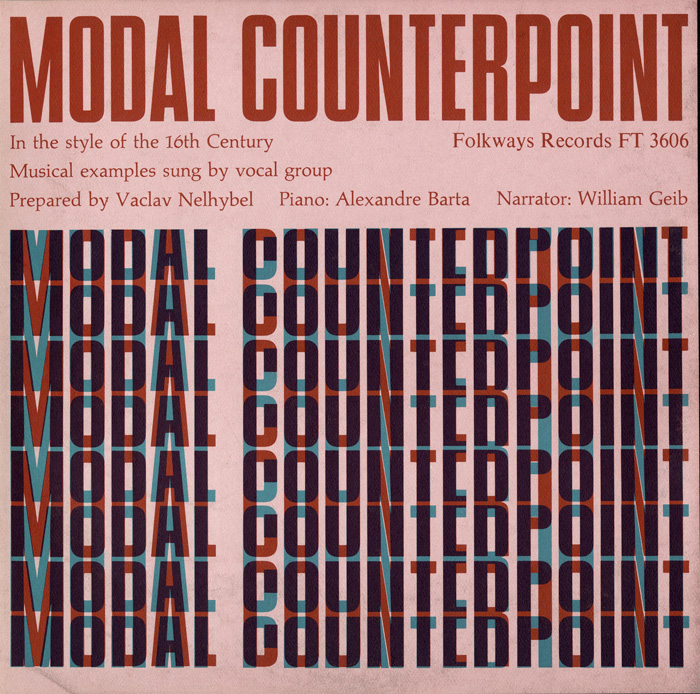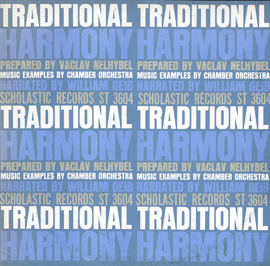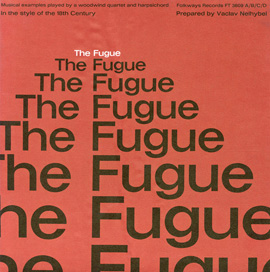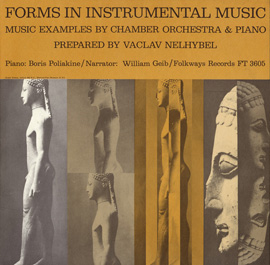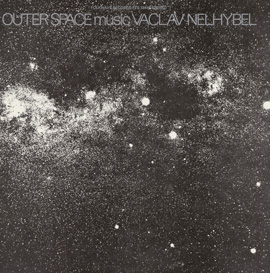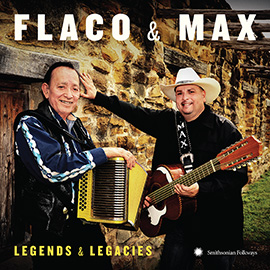Track Listing
|
101
|
Vaclav Nelhybel, Alexandre Barta, William Geib
|
02:57 | |
|
102
|
Vaclav Nelhybel, Alexandre Barta, William Geib
|
03:38 | |
|
103
|
Vaclav Nelhybel, Alexandre Barta, William Geib
|
02:36 | |
|
104
|
Vaclav Nelhybel, Alexandre Barta, William Geib
|
01:15 | |
|
105
|
Vaclav Nelhybel, Alexandre Barta, William Geib
|
01:35 | |
|
106
|
Vaclav Nelhybel, Alexandre Barta, William Geib
|
03:23 | |
|
107
|
Vaclav Nelhybel, Alexandre Barta, William Geib
|
06:49 | |
|
201
|
Vaclav Nelhybel, Alexandre Barta, William Geib
|
03:00 | |
|
202
|
Vaclav Nelhybel, Alexandre Barta, William Geib
|
02:11 | |
|
203
|
Vaclav Nelhybel, Alexandre Barta, William Geib
|
04:40 | |
|
204
|
Vaclav Nelhybel, Alexandre Barta, William Geib
|
02:28 | |
|
205
|
Vaclav Nelhybel, Alexandre Barta, William Geib
|
01:32 | |
|
206
|
Vaclav Nelhybel, Alexandre Barta, William Geib
|
00:48 | |
|
207
|
Vaclav Nelhybel, Alexandre Barta, William Geib
|
02:10 | |
|
208
|
Vaclav Nelhybel, Alexandre Barta, William Geib
|
03:39 |


